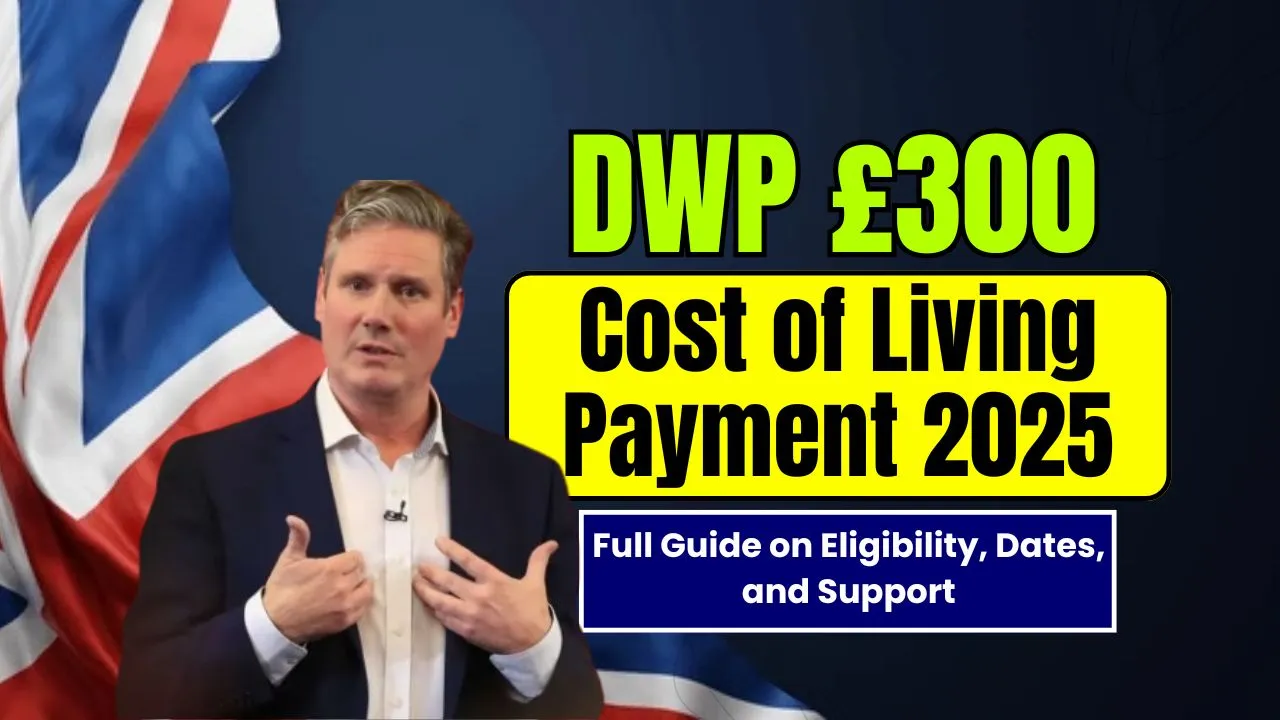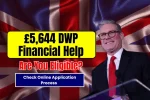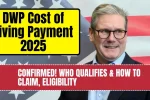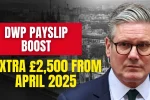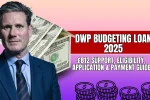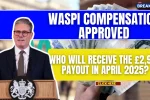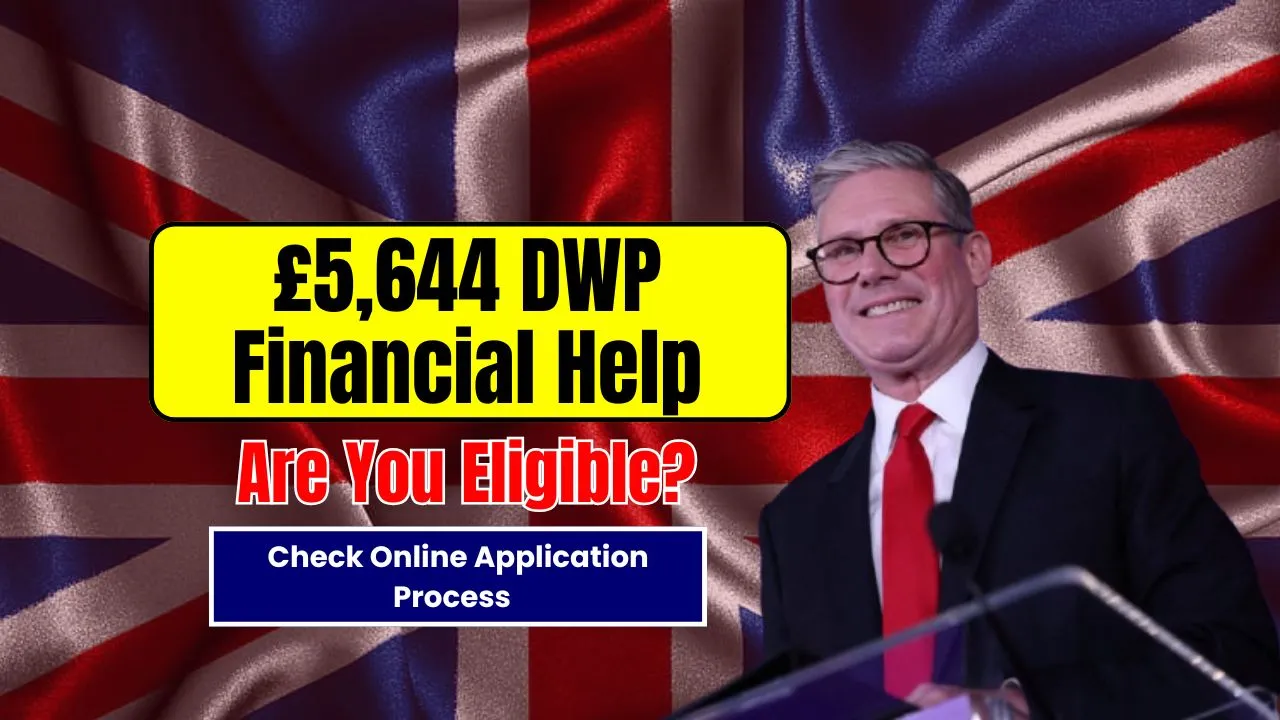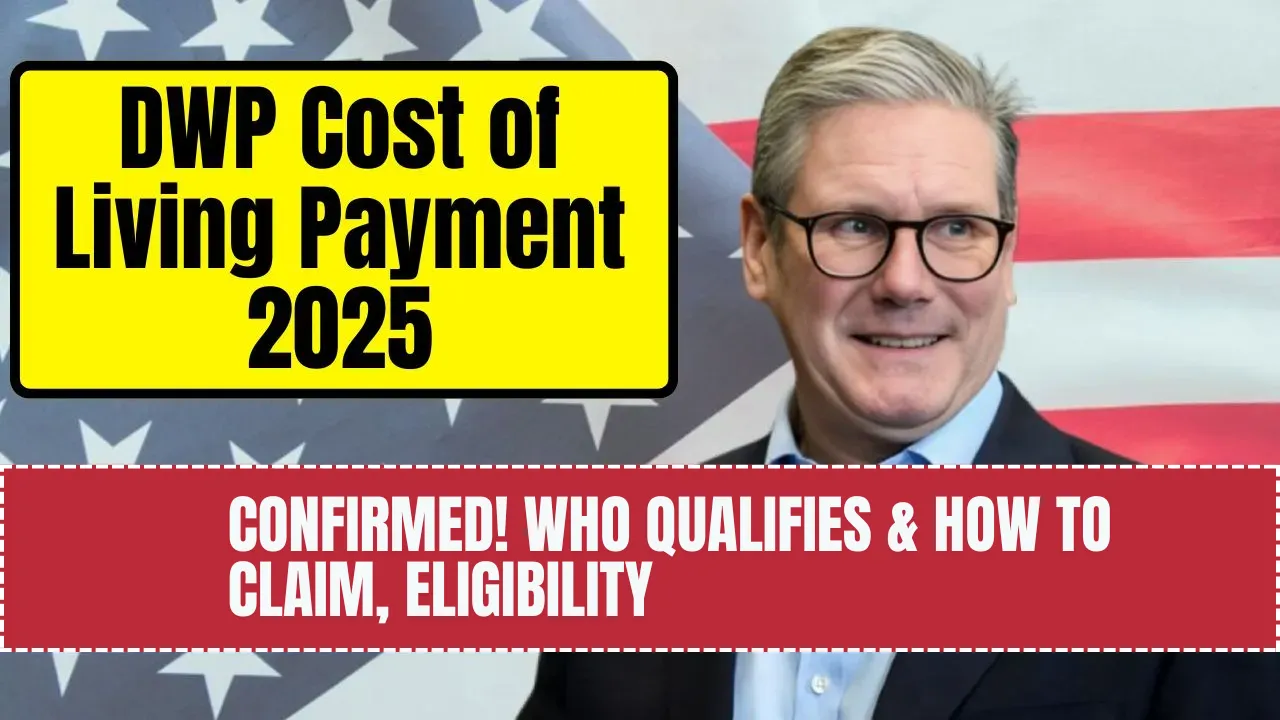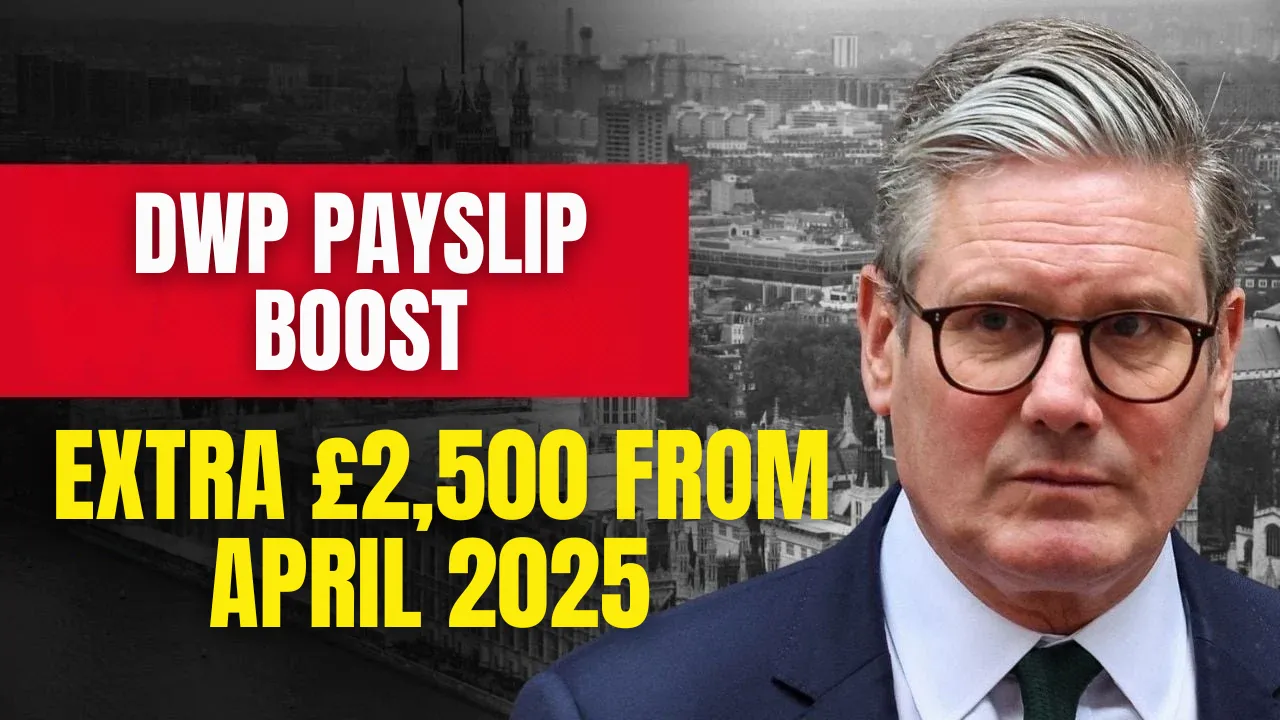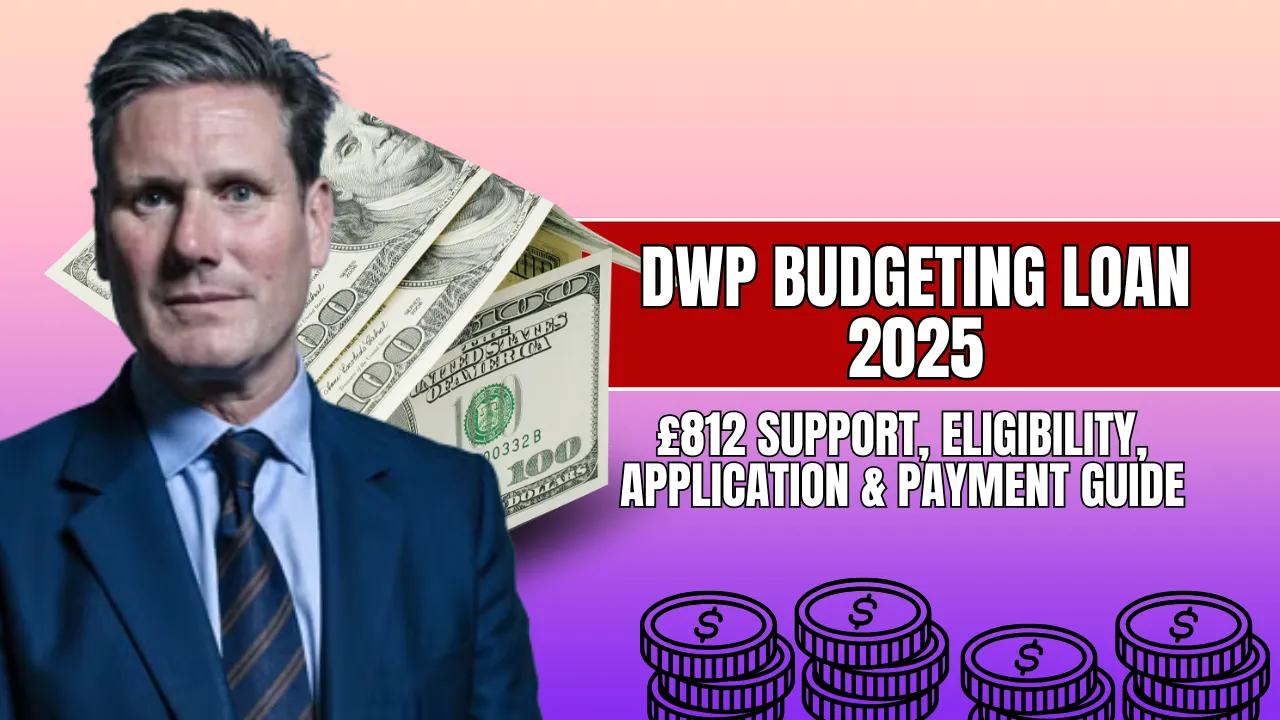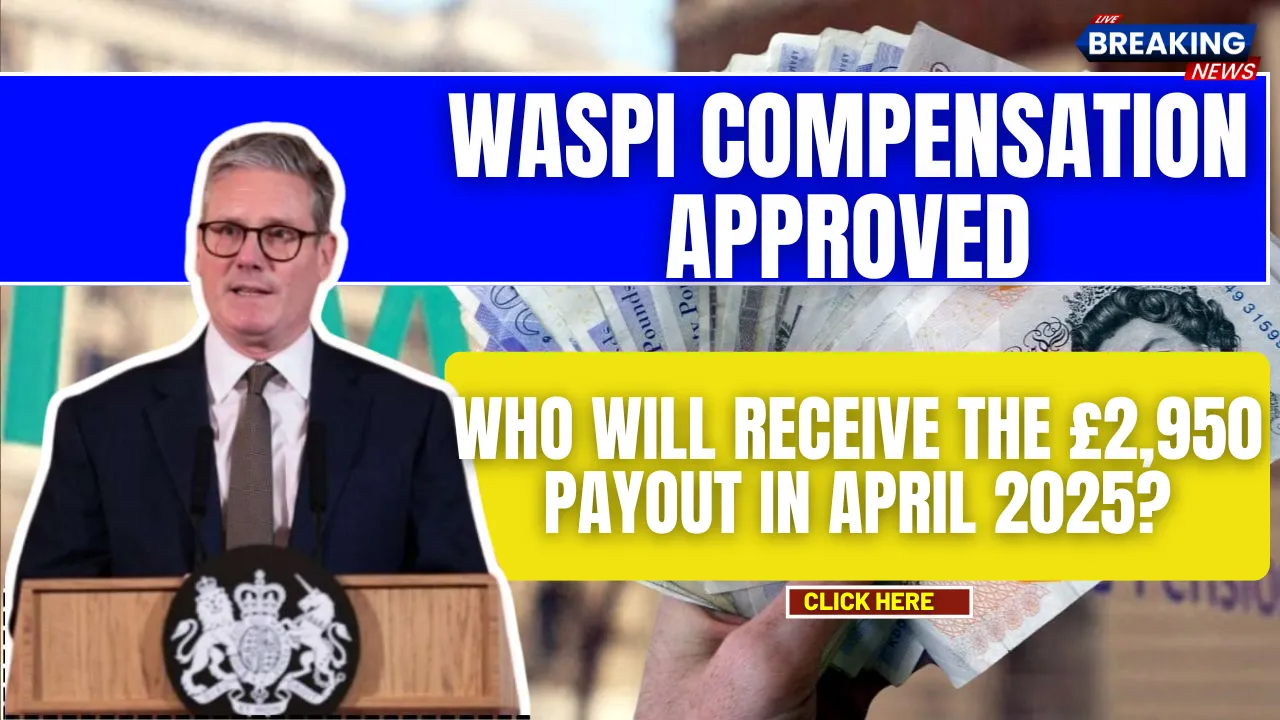DWP £300 Cost of Living Payment 2025: As living costs continue to climb across the UK, the government has rolled out targeted support to help those on low incomes manage essential expenses. One of the key measures is the DWP £300 Cost of Living Payment 2025, which forms part of a broader £900 support package designed to ease the pressure on vulnerable households.
This article explains everything you need to know about the £300 payment—who was eligible, when it was paid, how it fits into the full cost of living support scheme, and what steps to take if you didn’t receive it. Whether you’re checking past payments or preparing for future support, this guide breaks it down clearly and simply.
DWP £300 Cost of Living Payment 2025
The DWP £300 Cost of Living Payment 2025 is the second installment in a three-part financial aid program introduced to support low-income individuals and families. The £900 scheme, split into three payments of £301, £300, and £299, was created in response to ongoing inflation, rising utility bills, and high food and housing costs.
The £300 payment was not taxable, did not affect existing benefits, and was paid automatically to those who met the eligibility criteria—removing the need for application forms or claims. For many, it served as a much-needed relief in a period of financial uncertainty.
Overview Table: DWP £300 Cost of Living Payment Details
| Aspect | Details |
| Payment Amount | £300 |
| Payment Type | One-time grant (no repayment required) |
| Issuance Window (DWP Benefits) | 31 October – 19 November 2023 |
| Issuance Window (Tax Credit Only) | 10 November – 19 November 2023 |
| Payment Reference in Bank | “DWP COL” or “HMRC COLS” |
| Part of Larger Scheme | Yes – Second of three payments totaling £900 |
| Eligibility Period | 18 August – 17 September 2023 |
| Application Needed | No – Paid automatically |
What is the £300 Cost of Living Payment?
The £300 payment was part of the UK government’s wider £900 cost of living support plan for 2023–2024. This financial aid was issued to help eligible recipients deal with rapidly increasing costs, especially for essentials such as energy, rent, and food.
Unlike tax refunds or benefit advances, the £300 payment was a non-repayable grant. It was added directly to qualifying individuals’ bank accounts and was not counted as income, ensuring it didn’t affect existing benefit claims.
Who Was Eligible for the £300 Payment?
To receive the £300 payment, recipients needed to be on one or more of the following means-tested benefits during the qualifying period (18 August to 17 September 2023):
- Universal Credit: Must have received a payment for an assessment period ending within the eligibility window. No payment meant no qualification.
- Income-Based Jobseeker’s Allowance (JSA): Contribution-based JSA did not qualify.
- Income-Related Employment and Support Allowance (ESA): Same as above—only income-related ESA counted.
- Income Support
- Pension Credit
- Working Tax Credit or Child Tax Credit: For those who received HMRC-issued benefits, eligibility was based on meeting criteria during the set period.
If someone was only on contribution-based benefits, they were not eligible for the £300 payment.
Payment Schedule: When Was the £300 Issued?
The payment window for the £300 grant depended on which benefits a person received:
- For DWP Benefit Recipients: Payments were made between 31 October and 19 November 2023.
- For HMRC Tax Credit-Only Recipients: Payments were issued between 10 November and 19 November 2023.
These were automatic deposits, so no action was required from the recipients. The reference on bank statements appeared as “DWP COL” or “HMRC COLS”, which helped people identify the source of the payment.
What to Do If You Didn’t Receive the Payment
If you expected the £300 payment but didn’t see it in your bank account, there are a few steps to follow:
- Check Your Bank Statement: Look for transactions labeled “DWP COL” or “HMRC COLS.”
- Review Your Benefits: Make sure you were actually receiving one of the qualifying benefits during the eligibility window. A gap in payments could disqualify you.
- Contact DWP or HMRC: If you believe you were eligible and still didn’t receive the payment, reach out to the appropriate department for help and further investigation.
The £900 Cost of Living Payment Breakdown
The £300 was just one part of the government’s £900 support scheme. Here’s how the full plan was structured:
| Payment Amount | Issuance Period |
| £301 | 25 June– 17 July 2023 |
| £300 | 31 October – 19 November 2023 |
| £299 | Spring 2024 (Date TBD) |
Each payment had separate eligibility criteria, so qualifying for one did not guarantee eligibility for the others. This allowed the government to re-check people’s situations over time.
Additional Government Support Measures
In addition to the £900 series, the government introduced other one-time payments to help specific groups:
- £150 Disability Cost of Living Payment: For individuals on disability benefits, issued in summer 2023.
- £300 Pensioner Cost of Living Payment: Added to Winter Fuel Payments in the 2023/24 season.
These additional payments were not linked to the £900 scheme but provided vital help for people with specific needs.
The Need for Cost of Living Support
Inflation in the UK has made it hard for many households to keep up with rising costs. Essentials such as electricity, rent, fuel, and groceries are taking up a larger portion of people’s income—especially for those on benefits or low wages.
While the DWP £300 Cost of Living Payment 2025 helped provide temporary relief, many believe more lasting solutions are needed. Experts and advocacy groups continue to call for changes in wages, benefits, and housing policies to ensure people can live with dignity.
Additional Financial Assistance and Resources
If you’re still struggling with your finances, here are a few helpful resources:
- Local Councils: Many councils offer emergency assistance through the Household Support Fund.
- Debt Support Charities: Organisations like StepChange and Citizens Advice offer free advice on budgeting and managing debt.
- Benefits Calculators: Online tools (such as the ones on GOV.UK or entitledto.co.uk) can help you check if you’re missing out on other benefits.
Taking small steps now can help reduce long-term stress and improve your financial health.
Frequently Asked Questions (FAQs)
1. Will I have to pay back the £300 Cost of Living Payment?
No. It’s a grant, not a loan, and you don’t have to repay it.
2. Does the payment affect my other benefits?
No. It does not reduce or affect your entitlement to other benefits.
3. Can I still apply for the £300 payment?
No. Payments were made automatically to those eligible. If you believe you were missed, contact DWP or HMRC.
4. When is the final £299 payment coming?
It is expected to be issued in Spring 2024. Dates will be announced soon.
Final Thought
The DWP £300 Cost of Living Payment 2025 was a critical piece of support for many struggling to meet basic expenses. Although the payment itself has passed, staying informed about upcoming installments and additional support is key. If you missed out or need more help, don’t hesitate to explore other resources or reach out to DWP or your local council.
